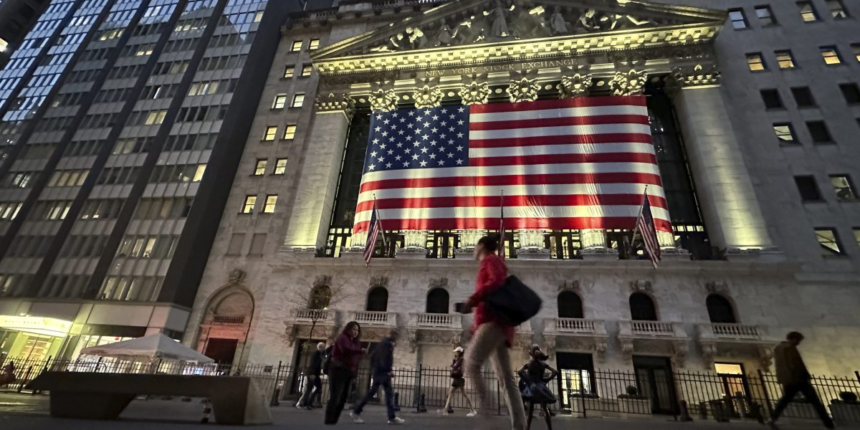Stocks got some help from a report showing that inflation in the United States accelerated to 2.7% last month from 2.6% in July, according to the measure of prices that the Federal Reserve likes to use. While that’s above the Fed’s 2% target, and it’s more painful than any household would like, it was precisely what economists had forecast.
Details were sparse about the coming tariffs, as is often the case with Trump’s pronouncements on his social media network. That left analysts unsure of their ultimate effects, and the announcement created ripples in the U.S. stock market instead of huge waves.
All told, the S&P 500 rose 38.98 points to 6,643.70. The Dow Jones Industrial Average added 299.97 to 46,247.29, and the Nasdaq composite gained 99.37 to 22,484.07.
In stock markets abroad, indexes rose in Europe after slumping in Asia.
France’s CAC 40 climbed 1%, while South Korea’s Kospi tumbled 2.5% for two of the world’s bigger moves.
In the bond market, the yield on the 10-year Treasury held steady at 4.18%, where it was late Thursday.
A report said sentiment among U.S. consumers was weaker than economists expected. The survey from the University of Michigan said consumers are frustrated with high prices, but their expectations for inflation over the coming 12 months also ticked down to 4.7% from 4.8%.
One notable exception was among Americans who own plenty of stocks, who have benefited from Wall Street’s run to records even as the job market slows. Sentiment for them held steady in September, while falling for households with smaller or no stock investments.
“The market and broader macroeconomic effects of a shutdown, even lengthy ones, are often mere blips on the charts,” according to Brian Jacobsen, chief economist at Annex Wealth Management.
___
AP Writers Teresa Cerojano and Matt Ott contributed.









